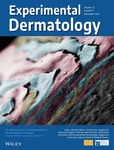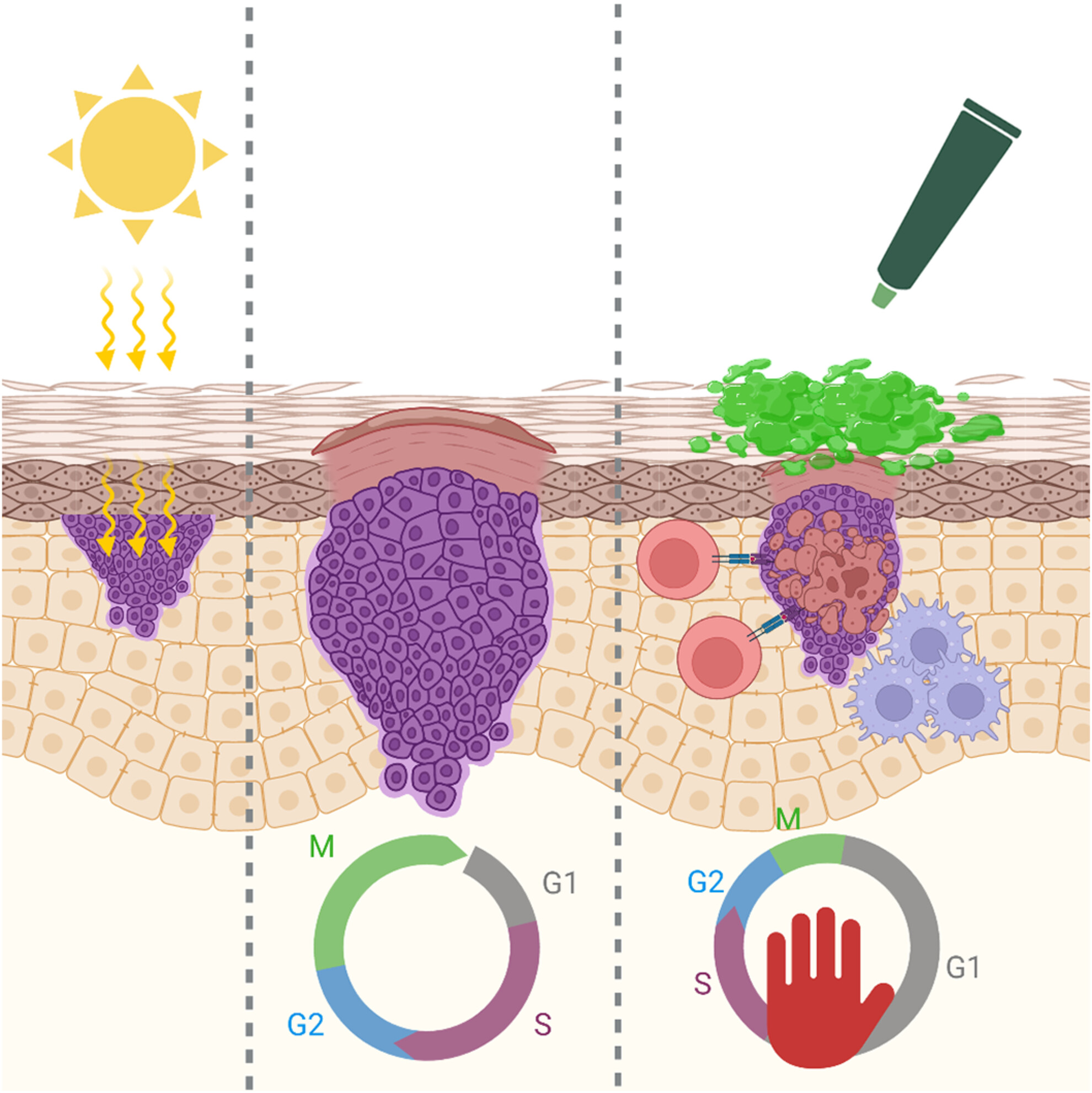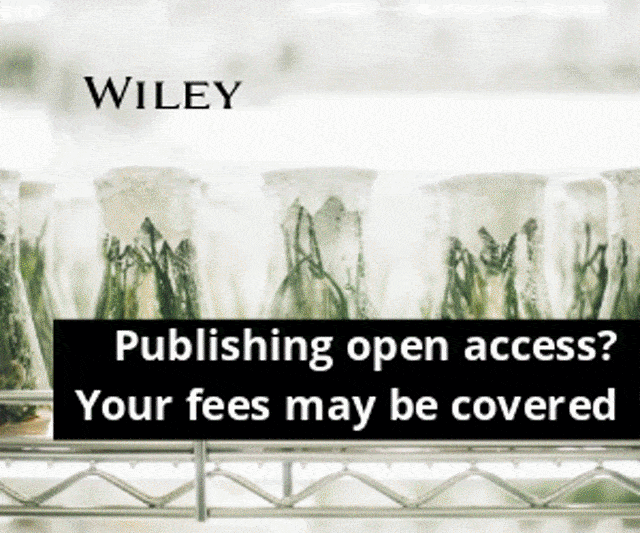Journal list menu
Export Citations
Download PDFs
COVER IMAGE
Cover Image
- Page: i
- First Published: 07 September 2023

The cover image is based on the Research Article The surface and internal features of pubic hair: A comparative study with those of scalp hair by Soo Ryeon Ryu et al., https://doi.org/10.1111/exd.14855.
FEATURED COVER
Featured Cover
- Page: ii
- First Published: 07 September 2023
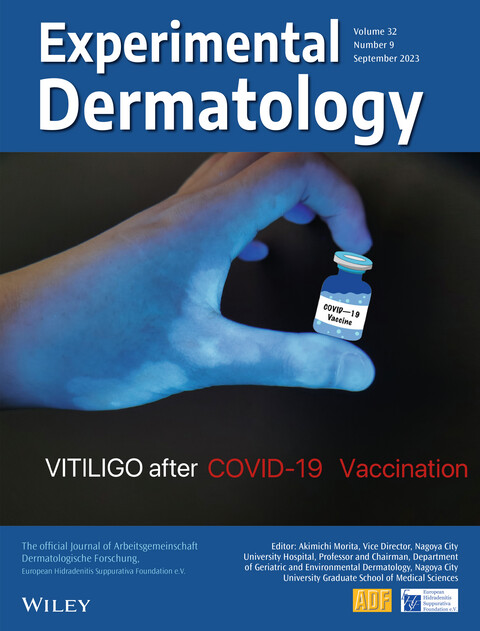
The cover image is based on the Research Article Demographic and clinical feature disparity between progress and non-progress patients with vitiligo after COVID-19 vaccination: A cross-sectional study by Xiaoyuan Hou et al., https://doi.org/10.1111/exd.14825.
ISSUE INFORMATION
REVIEW ARTICLES
The immune function of dermal fibroblasts in skin defence against pathogens
- Pages: 1326-1333
- First Published: 30 June 2023
Retyping and molecular pathology diagnosis of dyschromatosis universalis hereditaria
- Pages: 1334-1343
- First Published: 23 June 2023
RESEARCH ARTICLES
Demographic and clinical feature disparity between progress and non-progress patients with vitiligo after COVID-19 vaccination: A cross-sectional study
- Pages: 1344-1349
- First Published: 04 May 2023
Dynamic evaluation of pathological changes in a mouse acne model by optical imaging technology
- Pages: 1350-1360
- First Published: 14 May 2023
Extremely hair follicle density is associated with a significantly different cecal microbiota in rex rabbits
- Pages: 1361-1370
- First Published: 09 May 2023
Clinical efficacy and safety of two different hematoporphyrin monomethyl ether-mediated photodynamic therapy regimen in Chinese children with port-wine stain
- Pages: 1371-1382
- First Published: 08 May 2023
Overexpression and potential roles of midkine via regulation of vascular endothelial growth factor A in psoriasis
- Pages: 1383-1393
- First Published: 23 May 2023
Phosphorylation of glucocorticoid receptor induced by 16-kauren-2-beta-18, 19-triol decreases expression of Melanophilin through JNK signalling
- Pages: 1394-1401
- First Published: 23 May 2023
Analysis of optical absorption of photoaged human skin using a high-frequency illumination microscopy analysis system
- Pages: 1402-1411
- First Published: 02 June 2023
Divergent in situ expression of IL-31 and IL-31RA between bullous pemphigoid and pemphigus vulgaris
- Pages: 1412-1419
- First Published: 01 June 2023
Skin maturation from birth to 10 years of age: Structure, function, composition and microbiome
- Pages: 1420-1429
- First Published: 11 June 2023
Incubation with porcine urinary bladder matrix yields a late-stage wound transcriptome in endothelial cells and keratinocytes isolated from both diabetic and non-diabetic subjects
- Pages: 1430-1438
- First Published: 15 June 2023
Transcriptional analysis reveals distinct gene expression profiles of three bowenoid papulosis patients
- Pages: 1439-1450
- First Published: 09 June 2023
Induction of IL-32 in the immune response of keratinocytes to Mycobacterium marinum infection
- Pages: 1451-1458
- First Published: 13 June 2023
Nano-invasomes for simultaneous topical delivery of buprenorphine and bupivacaine for dermal analgesia
- Pages: 1459-1467
- First Published: 07 June 2023
Investigating causal relationships between genetically determined increased risk of attention-deficit/hyperactivity disorder (ADHD) and atopic dermatitis (AD): A Mendelian randomization analysis
- Pages: 1468-1475
- First Published: 15 June 2023
Pellino-1 expression is associated with epidermal proliferation and enhanced Th17 cell infiltration in psoriatic lesions
- Pages: 1476-1484
- First Published: 09 June 2023
Topical N-phosphonacetyl-l-aspartate is a dual action candidate for treating non-melanoma skin cancer
- Pages: 1485-1497
- First Published: 13 June 2023
Differential proteomic expression profiles in vulvar lichen planus as compared to normal vulvar tissue, vulvar lichen sclerosus, or oral lichen planus: An exploratory study
- Pages: 1498-1508
- First Published: 15 June 2023
The surface and internal features of pubic hair: A comparative study with those of scalp hair
- Pages: 1509-1520
- First Published: 15 June 2023
A method for harvesting viable cells from wound dressings
- Pages: 1521-1530
- First Published: 22 June 2023
Dupilumab-associated ocular adverse events are predicted by low tear break-up time and correlate with high IL-33 tear concentrations in patients with atopic dermatitis
- Pages: 1531-1537
- First Published: 25 June 2023
Topical application of a novel anti-interleukin-17A antibody fragment penetrates psoriatic skin: Results of a randomised, double-blind, placebo-controlled Phase Ib study
- Pages: 1538-1545
- First Published: 28 June 2023
Skin microbiome attributes associate with biophysical skin ageing
- Pages: 1546-1556
- First Published: 23 June 2023
CONCISE COMMUNICATIONS
Mild generalised pustular psoriasis patient with a heterozygous hypomorphic MPO variant successfully treated with granulocyte and monocyte adsorption apheresis
- Pages: 1557-1562
- First Published: 01 June 2023
New human in vitro co-culture model of keratinocytes and sensory neurons like cells releasing substance P with an evaluation of the expression of ZIKV entry receptors: A potent opportunity to test Zika virus entry and to study Zika virus' infection in neurons?
- Pages: 1563-1568
- First Published: 03 July 2023
Analysis of IL-10 and IL-35 in dipeptidyl peptidase-4 inhibitor-related bullous pemphigoid
- Pages: 1569-1574
- First Published: 10 July 2023
Effects of TP63 mutations on keratinocyte adhesion and migration
- Pages: 1575-1581
- First Published: 11 July 2023
Far-UVC- and UVB-induced DNA damage depending on skin type
- Pages: 1582-1587
- First Published: 07 August 2023
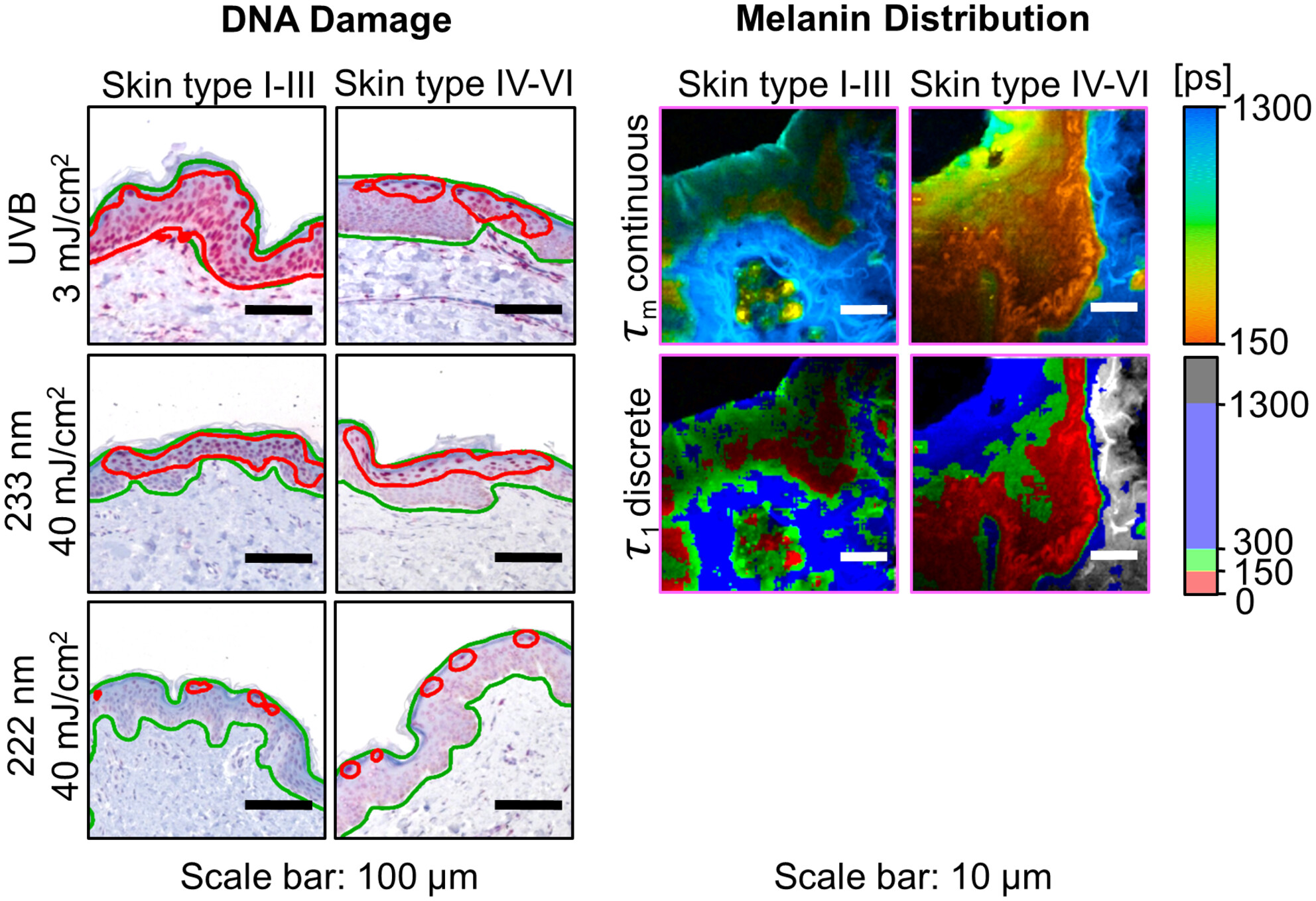
The radiation-related formation of DNA damage in different skin types depends on the applied wavelength of UV ex vivo. Far-UVC radiation produces less pronounced differences in DNA damage in light and dark skin types compared to UVB radiation. This can be attributed to the localisation and concentration of melanin in the skin.
LETTERS TO THE EDITOR
Prevalence and predictors of hypothyroidism in patients with chronic spontaneous urticaria
- Pages: 1588-1590
- First Published: 07 May 2023
Comparison between brodalumab, secukinumab and ixekizumab effectiveness and drug survival: A real-life experience on 638 patients with psoriasis
- Pages: 1591-1594
- First Published: 03 July 2023




